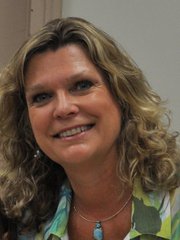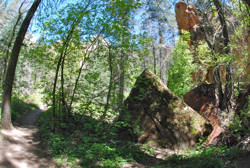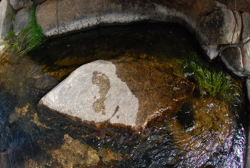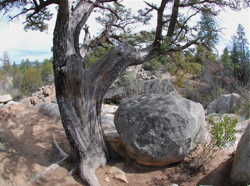Managing Your Energy, Part 8: Spiritual Exercise in Self, Sensing & Safety

Balanced development has requirements of which we may be unaware. When we have difficulty growing in a desired direction, there may be a natural prerequisite. Profound states of awareness can lead to issues and distortion, for example, without the anchor and safety of grounded body awareness.
The story below explores the relationship between expansion of consciousness and body awareness:
After a number of hard knocks over a short period, it took me several days doing intensive practices while walking in the woods to access expanded awareness and open my heart. Expansion felt great after being so contracted for so long! By “expansion” I mean feeling LARGE, diffuse, blissful, extended into the space around me, and connected with all life.
I worked with my breath, energy, and divine names. With my energy fields expanded I noticed that my awareness seemed to extend for half a mile or so around me. When other hikers passed me I felt contracted. Some wanted to say “hi,” or had various issues active and running in their energy systems. Interfacing was uncomfortable.
I began to alternate between breathing into my hara/belly center and bones, and relaxing into expansion. I practiced pulling all the way into my body, resisting the almost inevitable pull to “leak” energy as soon as people showed up. I practiced keeping my energy contained. When I did this I picked up signals to the effect that people experienced me I as cold. Containment felt counter to my natural affability.
I now had to work through my feelings and judgments about allowing myself to separate from others when I need to. At first I felt that I must choose between being friendly and being intact. As I gained skill in alternating between my expanded state and anchoring in my belly, I became able to give people a moment of friendly contact and then pull my energy back in after they passed, noticing any leaking that may have begun to occur. (I’ve learned to relate openly without leaking when I’m working. Apparently doing it in passing is a different skill. I think that’s about wanting to connect quickly and going too deep too fast.)
As people passed, I returned to my expanded, fully-open state, letting myself spread out and feel connected with nature and life. If I stay that open at close range with people I still tend to pick Stuff up. This is getting less and less as I am able to maintain a strong anchor and quickly sort my energy out from theirs.
I look forward to being able to maintain expanded states and solid body awareness at the same time, experiencing unity without feeling entangled. Practicing states alternately is a good start.
When we habitually “read” the energy around us it can keep us in contracted states. We look out AT people and may feel invaded by them instead of feeling at One. SENSING the energy is different than “reading” it. We just know, just feel, just sense. Sensing is less characterized by a sense of being the Doer. It is body centered, not mind centered.
It is easier to feel the heart from sensing than from thinking.
By Sensing we can feel connected without leaking or taking unwanted energy in. Simply sensing–without an overlay of thought– does not involve considerations about what might be. It stays with what IS. Sensing relies on body awareness AND energy awareness. The body becomes the anchor–but the whole boat is part of us too.
Which of the themes in this post do YOU connect with the most?
How aware are you of your energy responses to other people?


























